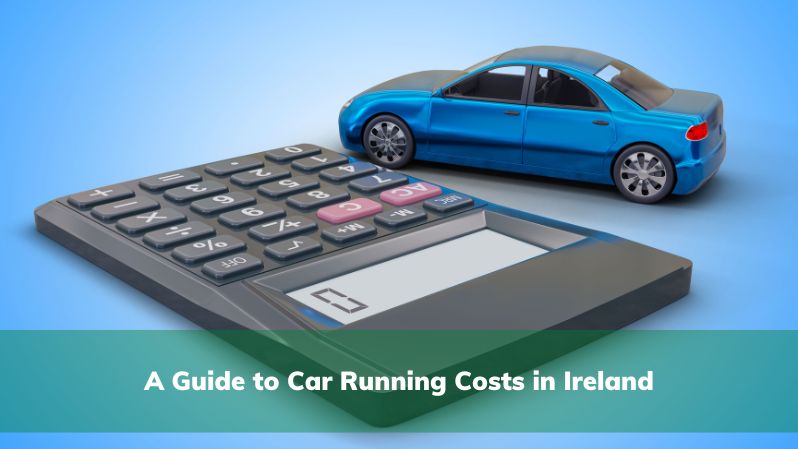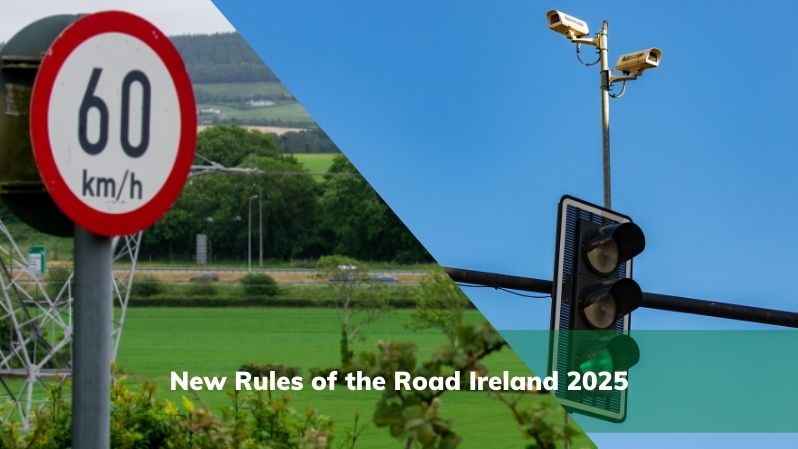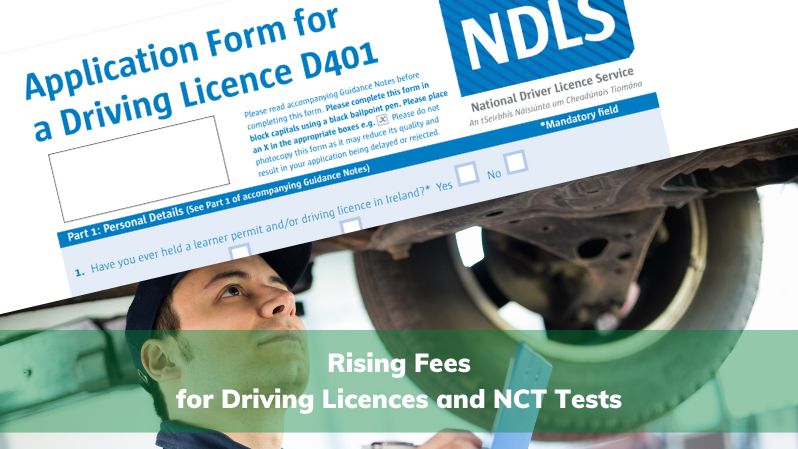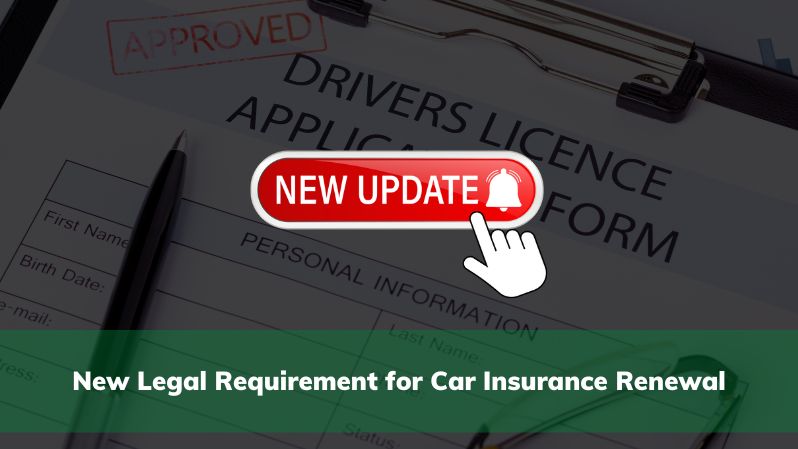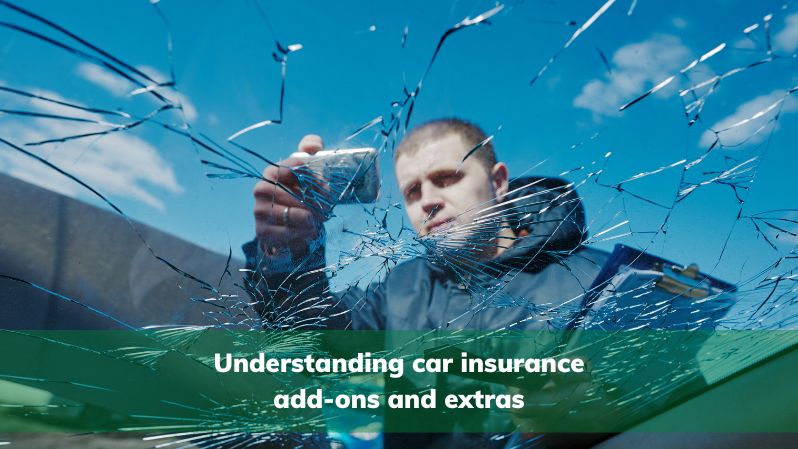Buying a used car can be a great investment. Whether you intend for this vehicle to be for your primary use, or as a second vehicle in your household. Typically, a used car is going to have a better resale value than a brand-new vehicle, and at a better price too.
However, whether you’re intending on a private sale or purchase from a reputable car dealership, you want to make sure that you’ve done your research and that the potential vehicle is in the best possible condition for your needs. Vehicle purchases are often costly, and it’s imperative that you understand the full condition of your new car before taking it home.
Today at insuremycars.ie we are sharing with you some of the signs that you should look out for when purchasing a used vehicle.
Vehicle History
One of the first things that you should ask about any vehicle you’re considering for purchase is about the history of the vehicle. You want to gather as much information on the previous ownership and performance of the vehicle before even taking it for a test drive. Some of the questions you should ask are:
- How many owners has the car had?
Knowing if the car has had several owners, a vehicle has can allow you to assess the treatment of the car overtime and how the car has been managed in the past
- Has the car been involved in any accidents, if so – what were they?
Knowing whether a vehicle has had a previous accident is imperative when considering buying a car. Damage to a vehicle, even if it has been fixed can indicate structural damage that can affect the vehicle in the long term.
If the car has been in a previous accident, request information on the accident and the repairs and ensure that all repairs were managed by a reputable dealership or garage.
- Is the car still under warranty? If so, what does the warranty entail?
Some vehicles come with extended service warranties, you’ll want to know if the car you’re considering is equipped with one, or if you are responsible for maintenance and upkeep from the get-go
- Can I see the vehicles service history?
It’s important to know if the previous owner has maintained the vehicle and if any issues have been identified or have been ongoing in previous services. Inspect the service history of the vehicle and check maintenance records. If the service history is not available, continue with caution
- Can I see the logbook?
Especially when purchasing a vehicle from a private seller, you should always ask to see the logbook to ensure that you are dealing with the registered owner of the vehicle for your own safety and security.
- When is the NCT due for renewal?
When looking to buy a vehicle you want to take into consideration when the NCT is due and factor that into the cost of the vehicle. If you know that you’re going to have to have the car inspected within the next three to five months, it’s reasonable to factor this into the overall cost of the vehicle. In 2019 58% of vehicles failed the initial NCT which means it’s imperative to identify any issues prior to purchase.
Tyre Condition
Tyres are expensive, so when looking to purchase a new car it’s important to check on the condition of the tyres and know if they are going to require replacement, if so, you should factor this into the overall cost of your purchase.
When checking the state of a tyre you’ll want to check the tread depth. The tread of the tyre is what allows it to grip the surface of the road and prevents sliding. The legal tread depth for a vehicle in Europe is 1.66mm. You can check this by purchasing a tread gauge and ensuring that testing is being performed while the vehicle is on a flat surface.
If tyres do need replacing, they may not be a complete deal-breaker, but they should factor into the overall cost of the vehicle.

Current Mileage
Checking the mileage of a vehicle tells you a lot about the car you’re considering buying. A car with incredibly high mileage is at risk of presenting problems down the line, even if the seller ensures there have been no issues in the past and the bodywork of the vehicle looks great. Even newer cars that show incredibly high mileage can cause an issue down the line, especially if you too intend to use the car quite heavily.
High mileage however isn’t always a bad thing. If you’re looking for a first-time vehicle, a second car for your home or a second hand SUV that you will get a few years out of, high mileage may not be your biggest concern. Ensure that you judge the vehicle based upon your overall needs.
However, more important than high mileage is low mileage. If you’re looking at a used vehicle and the mileage is incredibly low, “too good to be true” low – it probably is. You want to ensure that the seller of the vehicle hasn’t “clocked” the mileage. This is the process of rolling back the number of kilometres on the car to increase the overall value of the vehicle. If the mileage looks too low for the age and use of the vehicle, be wary of continuing the transaction.
Under the Hood
Checking under the hood of the car is one of the most important steps when buying a new car. It will tell you pretty much everything that you need to know about the vehicle’s treatment and condition prior to your purchase.
You might be thinking to yourself, but I don’t know anything about the mechanics of a vehicle That’s okay! If you’re at the serious consideration point of purchasing a vehicle, let the seller know you would like to take it to a mechanic to do a run-through of the vehicle and identify any underlying issues that might not be immediately apparent.
When buying a used vehicle, one of the biggest drawbacks is not having full knowledge of a vehicle’s mechanics, so it’s essential that you have someone with expertise to provide input so that you can rest assured you’re making a solid investment.
Interior and Exterior of the Vehicle
This might seem like a no-brainer but ensuring that the interior and exterior of the car are in good condition is imperative to telling how the car has been treated and can help to identify some issues that might not be so obvious.
- Vehicle Exterior
When inspecting a used car’s exterior, it’s important to look for scrapes, bumps and rust that might be presenting themselves. Rust especially, other than being an eyesore can be a recurring issue with a vehicle and you’ll want to factor that into your overall costs.
Paint scratches and dents, while typically cosmetic can indicate previous accidents and issues with the car that might not be completely apparent from the outside. The same goes for any areas of the vehicle’s exterior that might not be original to the vehicle – this can indicate more serious underlying issues.
You will also want to check the windows of the car to ensure that they are in good condition and not suffering from any flecks or cracks. As we know, a small crack can become a large one easily and you’ll want to factor this into your consideration. Checking the windows also includes inspecting the window seals to ensure they remain tightly sealed and are preventing moisture from seeping into the vehicle.
Ensure that you ask the seller about any significant exterior damage and confirm that they will not affect the vehicle going forward.
- Vehicle Interior
The interior of the vehicle should also be checked thoroughly. It’s easy to get caught up in the mechanics and exterior, but you want to do a thorough check that the interior of the car is also in tip-top shape.
Check the upholstery for stains and wear and tear, check the seatbelts to ensure they are in full working order (both front and back seats). Press every button and check all indicators are working properly.
Another key interior function to check is the heating and the AC. All too often we buy a car in a mild season and you don’t find out until it’s too late that the heat doesn’t turn on properly, the defogger doesn’t work, or that the AC is malfunctioning leaving you sweating and with a new hefty bill your didn’t plan for.
Test, Test and then test again
So, you’ve done a preliminary check of the vehicle and everything is looking great. The next step is a test car drive to ensure that you’re comfortable driving the vehicle and that it’s safe to be taken out on the road.
This is the most important part of your vehicle consideration.
Ensure that you take the car out on the road, that you don’t just drive it around a parking lot or small area of land You want to be able to experience the true feel of the vehicle, how it reacts in traffic, and that the alignment and tracking of the vehicle is accurate. Ensure that you drive the car for a reasonable amount of time and account for average road conditions so that you can accurately judge how well the car handles.
Finally, when test driving the vehicle, use your intuition and pay attention to your surroundings. Are there any noises that you can’t identify? Are there lights coming up on the dashboard that shouldn’t be?
Your test drive is the time that you can identify exactly how the vehicle is going to react on the road. If you have any doubts, insist on taking the car to a mechanic for a review before any money changes hands.
Check the cost of insurance
So, you’ve checked the vehicle over, you’ve had it inspected and you’ve gone for a test drive. The next step is to begin getting all of the paperwork in order and this includes getting a quote for your insurance. Every vehicle and driver’s insurance are going to be different so it’s important to know if your new car is going to be the right fit for your insurance needs.
The best and most efficient way to do this is to work with an insurance broker. Your broker can provide you with a variety of quotes and you can decide which one is best to suit your insurance needs and your budget.
Buying a used vehicle can be a very cost-effective way of obtaining a new car, and in many cases is a completely safe way to do so. However, it’s important that you understand the checks and balances you need to take prior to buying the vehicle to ensure that you’re getting the best vehicle for your money.
If you’re considering buying a used vehicle, speak to one of the experts at insuremycars.ie about your insurance needs and how you can get the absolute best rates on your car insurance.


